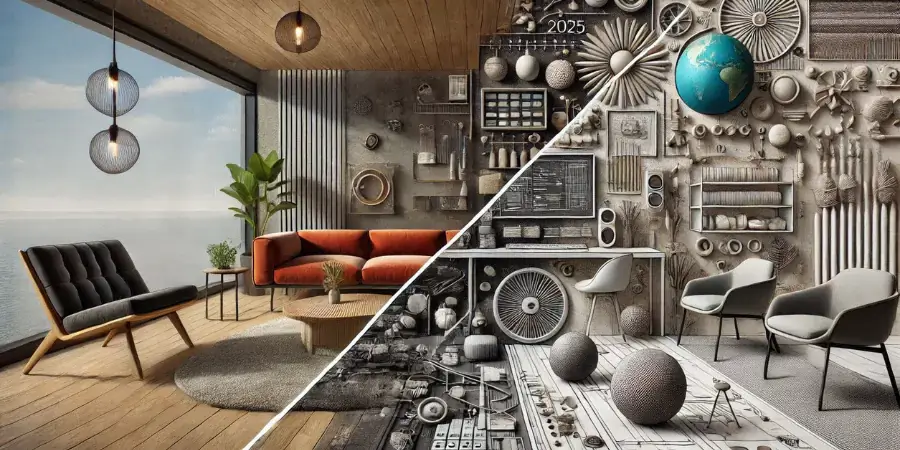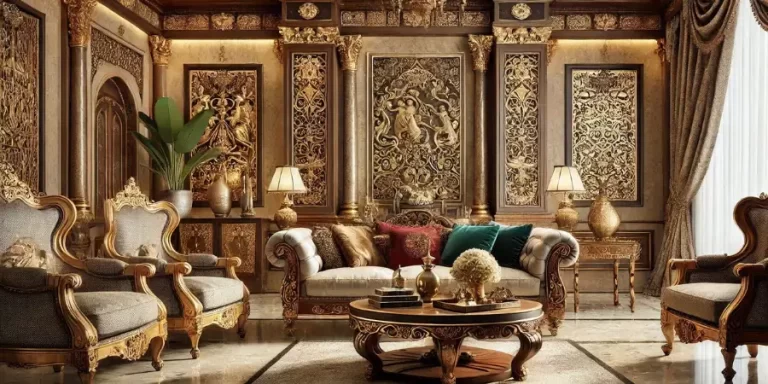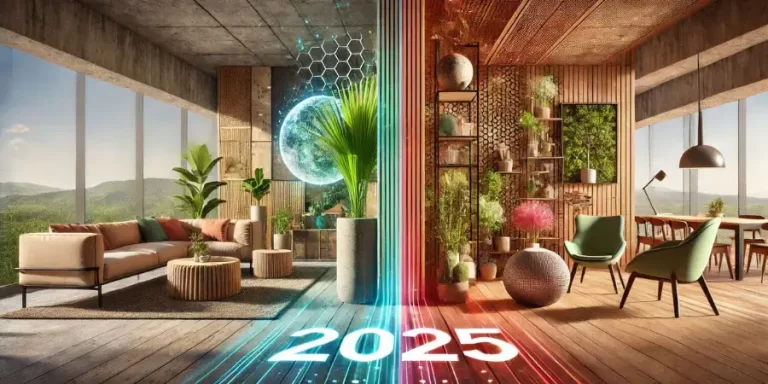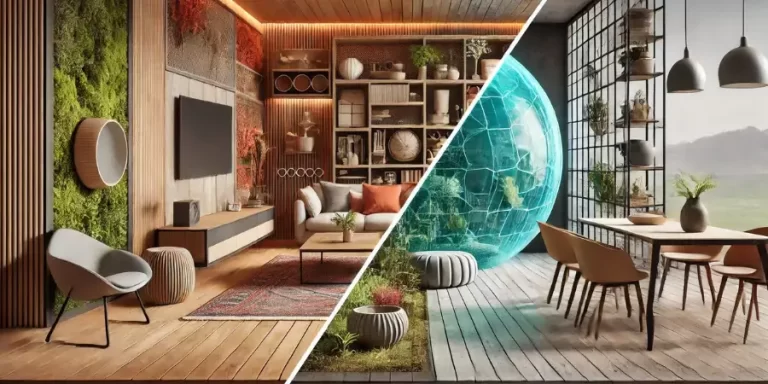Color is one of the most influential elements in interior design. It has the power to transform a room, evoke emotions, and affect the way we feel. This is where color psychology comes into play. The science of color psychology is the study of how colors impact human emotions and behaviors. Understanding this can help interior designers create spaces that foster specific moods and enhance the overall experience of a room. In this article, we’ll explore how color psychology influences interior design, the psychological effects of various colors, and how you can use this knowledge to create the perfect atmosphere in your home or office.
Understanding Color Psychology
Color psychology is based on the idea that the colors we see and interact with can influence our mood, behavior, and mental state. For instance, some colors might make us feel calm and relaxed, while others could energize us or create a sense of urgency. By selecting colors thoughtfully, designers can help guide the emotional experience of the space. Different colors have different psychological effects, and these effects can vary depending on the setting, culture, and context.
The Psychological Effects of Colors
Here’s a breakdown of how some common colors affect emotions and the atmosphere of a space:
- Blue – Calm and Tranquil
Blue is often associated with calmness, peace, and stability. It is known to have a soothing effect, which is why it’s commonly used in bedrooms and living rooms. Light blue shades can create a serene environment, while darker blues convey professionalism and elegance. Blue is also known to lower heart rate and reduce anxiety, making it an ideal choice for spaces meant for relaxation and focus.
- Red – Energy and Passion
Red is an intense color that stimulates energy and excitement. It’s often used to create a bold, attention-grabbing statement in a space. Red is known to increase heart rates and stimulate the appetite, which is why it’s a popular choice for dining rooms and kitchens. However, overusing red can create feelings of aggression or restlessness, so it’s best used as an accent color or in moderation.
- Yellow – Optimism and Happiness
Yellow is associated with happiness, warmth, and optimism. It’s a great color for creating a cheerful and inviting environment, especially in spaces like kitchens, dining rooms, or home offices. However, yellow can be overpowering if used excessively, so balancing it with neutral tones or other colors is essential. Lighter shades of yellow can create a sense of openness and energy, while deeper yellows evoke sophistication.
- Green – Balance and Harmony
Green is often linked to nature, balance, and renewal. It has a calming effect and is said to reduce stress, making it an excellent choice for bedrooms and living rooms. Green also promotes a sense of well-being and is believed to enhance concentration and focus, which is why it’s often used in home offices or study areas. Whether light or dark, green creates an organic and grounded atmosphere.
- Purple – Creativity and Luxury
Purple has long been associated with royalty, creativity, and luxury. Lighter shades of purple, like lavender, are used to create a calming and soothing environment, while deeper purples can evoke sophistication and grandeur. Purple is often used in creative spaces or bedrooms where a touch of luxury and inspiration is desired. It’s a versatile color that can evoke both calmness and luxury, depending on the shade.
- Orange – Warmth and Excitement
Orange combines the energy of red with the cheerfulness of yellow, making it a color full of warmth and enthusiasm. It’s often used in spaces designed for socializing and interaction, like living rooms or entertainment areas. Orange can be invigorating and playful, encouraging social connections and creativity. However, too much orange can be overwhelming, so it’s often best used in accent walls or accessories.
- White – Purity and Simplicity
White represents purity, simplicity, and cleanliness. It can make spaces feel open, airy, and uncluttered, which is why it’s often used in minimalist designs. White is a versatile color that can serve as a blank canvas for other colors and decorations. However, in large quantities, white can feel cold or sterile, so balancing it with warm accents or textures is essential for creating a welcoming environment.
- Black – Sophistication and Drama
Black is a color that evokes sophistication, elegance, and drama. It’s often used in modern and luxurious interiors to create a bold contrast or to highlight other colors and textures. Black can make a room feel intimate and cozy but should be used thoughtfully to avoid creating a space that feels too dark or heavy. Pairing black with lighter shades or metallic accents can create a perfect balance of elegance and warmth.
Applying Color Psychology in Interior Design
When using color psychology in interior design, it’s important to consider the purpose of each room and the emotions you want to evoke. Here are some tips for applying color psychology effectively:
Assess the Function of the Room: Think about the primary function of the space. A home office might benefit from calming, focused colors like blue or green, while a dining room could thrive with energetic, appetite-stimulating colors like red or orange.
Consider the Room’s Size and Lighting: Lighter colors can make a small room feel larger and more open, while darker colors can create a cozy, intimate atmosphere. Additionally, consider the natural light in the room. Rooms with plenty of natural light can handle darker colors, while those with less light may benefit from lighter shades.
Balance Colors: While one color can set the tone for a room, balancing it with complementary or contrasting hues can add depth and interest. For example, pairing soft neutrals with vibrant accents can create a dynamic and inviting environment.
Use Color in Accent Pieces: If you’re hesitant to commit to an entire room in one color, consider using color psychology in smaller doses. Accent walls, throw pillows, rugs, and artwork can all incorporate meaningful colors that enhance the mood without overwhelming the space.
Conclusion
Color psychology plays a vital role in interior design, helping to create spaces that align with our emotions and behaviors. By understanding the psychological effects of different colors, designers and homeowners can make informed choices about how to use color to enhance the mood, functionality, and aesthetic appeal of a room. Whether you’re designing a calming bedroom, an energizing kitchen, or a creative workspace, color can serve as a powerful tool in shaping the atmosphere and experience of your home.




